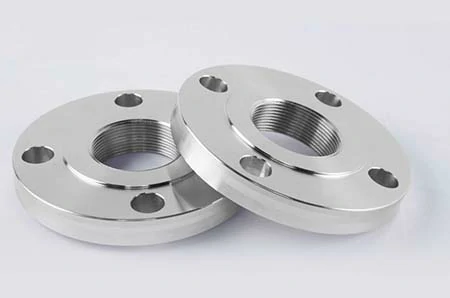
Titanium Flange
Titanium flanges excel with an exceptional strength-to-weight ratio, unmatched corrosion resistance, and outstanding temperature performance.
They effortlessly withstand extreme temperature and pressure conditions, ensuring the safety and stability of your system.
Titanium flange overview
- Alloys: Grade 2, Grade 5, Grade 7, Grade 12
- Size range: 1/2 inch - 24 inches
- Pressure ratings: 150#, 300#, 600#, 900#, 1500#, 2500#, PN6, PN10, PN16, PN25, PN40, PN64, etc.
- Flange bore: complies with ASME B36.9M Sch-40S pipe wall (other bore sizes available upon special request)
- Dimensional tolerance: meets ASME B16.5 standards
- Surface finish: smooth surface for metal gaskets, serrated surface for non-metal gaskets (other finishes available upon special request)
- Manufacturing process: forging, casting, plate fabrication
Titanium flange specifications
- ASTM B381 / ASME SB381
- ANSI/ASME B16.5
- BS 4504
- NACE MR0175
- EN 10204.3.1
We also provide quality inspection reports, raw material certificates, 100% radiographic testing reports, and third-party inspection reports to ensure product quality.
Titanium flange alloys
- Grade 2 (pure titanium): Commonly used in the pipeline valve and fittings industry, it offers excellent high strength and corrosion resistance, making it the most widely used titanium material.
- Grade 5 (Ti-6Al-4V): A titanium-aluminum-vanadium alloy that provides extremely high strength and excellent high-temperature performance.
- Grade 7 (Ti-Pd): Based on Grade 2, with added palladium to enhance corrosion resistance, especially suitable for applications in corrosive environments like hydrogen sulfide.
- Grade 12 (Ti-0.3Mo-0.8Ni): Maintains excellent strength at higher temperatures, with superior ductility and weldability, making it ideal for high-temperature applications.
Titanium flange products
Titanium flanges come in various types, and we are committed to providing efficient application solutions tailored to our customers' business needs. Quick Quote
Titanium blind flange
Blind flanges provide a reliable seal to prevent fluid leakage and are primarily used to close the ends of pipelines.
Contact us now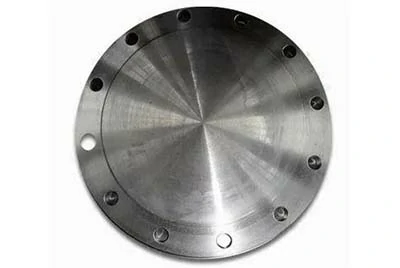
- Sealing face types: Raised face (RF), flat face (FF), and ring-type joint (RTJ). (RTJ is the preferred sealing face for high-pressure applications.)
- Popular sizes (inches): 0.500″, 1.000″, 2.000″, 3.000″, 4.000″, 6.000″, 8.000″, 10.000″
- Pressure ratings (lbs): Class 150, Class 300, Class 600, Class 900, Class 1500
Chalco Titanium’s blind flanges are designed to accommodate various pressure ratings and feature precisely engineered bolt holes to meet the demands of diverse industrial applications.
Titanium slip-on flange
Slip-on flanges are easy to install, making them an ideal choice for low-pressure systems.
The installation process is relatively simple, making them suitable for pipeline systems that require frequent disassembly or maintenance.
Popular sizes (inches): 0.500″, 1.000″, 2.000″, 3.000″, 4.000″, 6.000″, 8.000″
Usage: Slip-on flanges allow the pipe to slide into the flange bore and are secured by welding.
Contact us now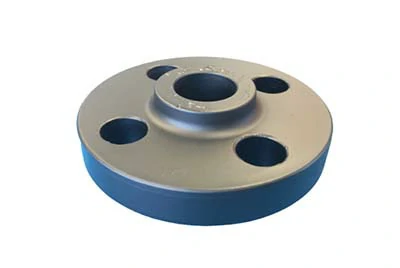
Popular slip-on flange products:
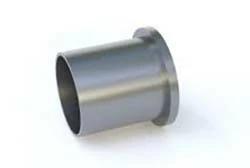
Slip-on flange
Designed for simplicity, easy machining, and wide applications.

Raised face slip-on flange
Features a small protrusion on the bottom surface to enhance overall sealing performance.
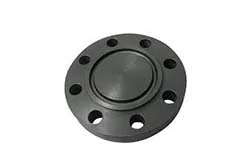
RTJ slip-on flange
Specifically designed for high-pressure applications with a unique RTJ sealing structure.
Titanium weld neck flange
The defining feature of a weld neck flange is its extended neck with a beveled welding end.
This design allows for direct butt-welding to the pipeline, providing a superior and seamless connection.
If only one type of flange were needed in modern applications, the weld neck flange would be the top choice.
Titanium weld neck flanges are ideal for high-pressure or high-temperature systems due to their strong welded connection.
Contact us now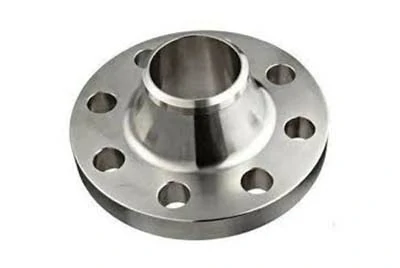
Titanium threaded flange
Threaded flanges offer a convenient solution for systems that require frequent disassembly or maintenance.
Nominal pipe size range: 1/2 inch - 6 inches
Threaded flanges up to 24 inches are available upon request.
Simple threaded connection, suitable for low-pressure use.
Simple threaded connection, suitable for low-pressure use.
Contact us now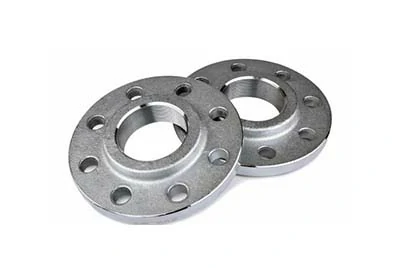
In addition to the standard NPT thread specified by ASME B16.5, we can also machine other thread types as needed.
Socket weld flange
The compact design of a socket weld flange saves space and simplifies assembly.
It is typically available in smaller nominal pipe sizes and serves as an excellent alternative to weld neck and slip-on flanges when needed.
Socket weld flanges are commonly used in small-diameter, high-pressure, and high-temperature piping systems.
Contact us now
Lap Joint Flange
Also known as a backup flange, loose ring flange, loose hub flange, or Van Stone flange, it is suitable for high-pressure or high-temperature applications.
Lap joint flanges offer high leak prevention performance, feature dual sealing faces, and are easy to disassemble and maintain.
Contact us now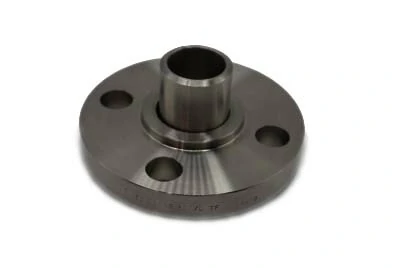
Orifice flange
We offer orifice flanges in various sizes and pressure ratings, ranging from 300 to 2500. For larger sizes exceeding 24 inches, they deliver outstanding performance even in the most demanding environments.
Orifice flanges provide precise measurement of liquid and gas flow.
Contact us now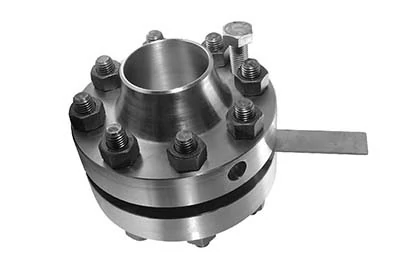
Our orifice flanges feature machined pressure tap holes, jack screws, and precision orifice plates, ensuring easy installation, accurate pressure readings, and a reliable seal with high-performance gaskets.
-
Orifice flange pressure tape
Used for installing pressure sensors to ensure accurate measurement of fluid pressure inside the pipeline.
-
Orifice flange high-performance gasket
Provides a reliable seal to prevent leakage and ensure long-term stability in high-pressure or high-temperature environments.
-
Orifice flange jack screw
Facilitates the removal and reinstallation of the orifice plate, reducing maintenance workload and improving operational efficiency.
Ring-type joint flange
Ring-type joint flanges feature a ring-shaped sealing face and are typically equipped with metal ring gaskets for high-pressure systems.
Contact us now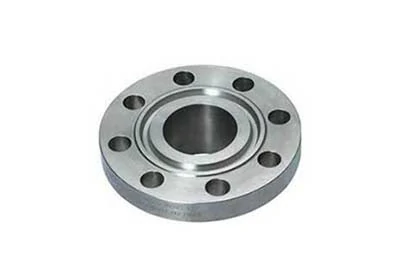
Flat face flange
Flat face flanges are designed for use with non-metallic gaskets, making them suitable for low-pressure and low-temperature pipeline connections.
Contact us now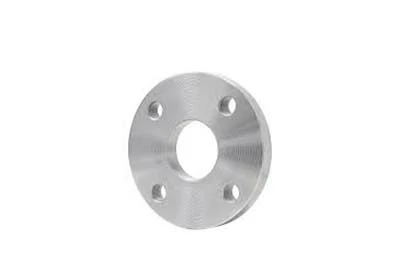
Reducing flange
Reducing flanges connect pipes of different diameters, ideal for low-pressure applications. They are easy to install and commonly used for pump and valve connections.
Contact us now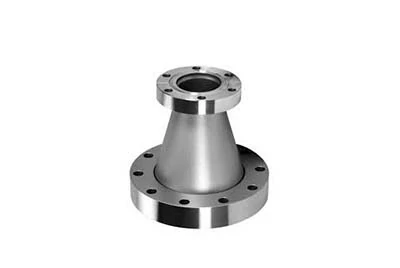
Square flange
Square flanges are specifically designed for square connections, making them suitable for pipeline systems requiring square interfaces.
Contact us now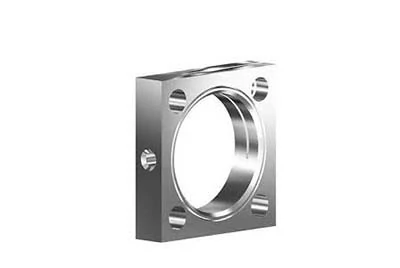
Automotive titanium flange
Choosing the right pipe flange is crucial for the safety, efficiency, and durability of automotive piping systems. Quick Quote
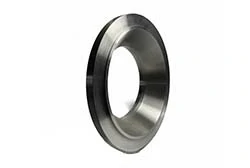
Exhaust pipe flange
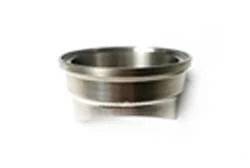
Relief valve flange

Compressor flange
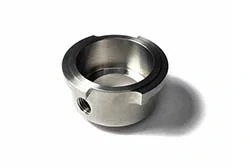
Radiator flange

Turbocharger flange
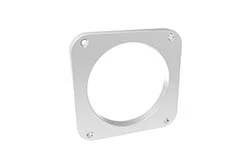
Throttle body flange
Leak-proof gasket
We also provide high-quality gaskets that are stable and precisely shaped to match the flange. They fill any gaps and create a strong, leak-proof barrier.
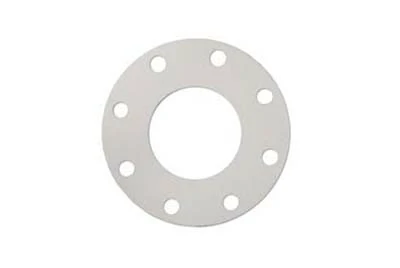
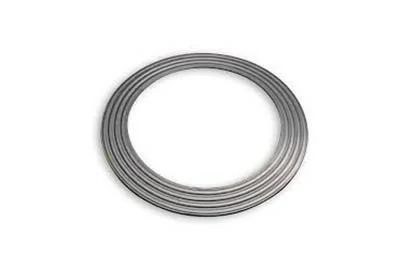

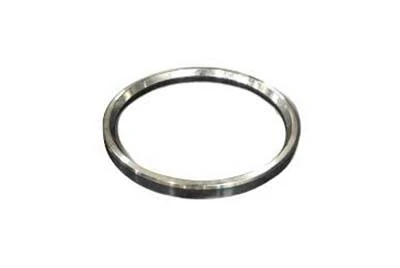
Flange bolt
Flange bolts feature an integrated flange or ridge at one end, distributing the load over a larger area for a secure and stable connection.
Contact us now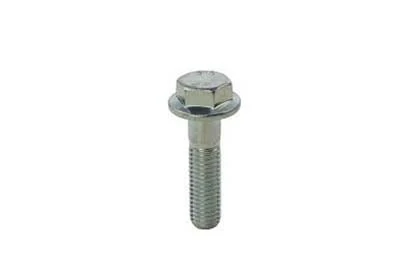
Custom flange
When it comes to manufacturing custom flanges, there is no one-size-fits-all solution.
Our flange experts deliver precision and excellence, ensuring every specification is met. With extensive knowledge, they select the right materials, dimensions, and designs tailored to your needs.
Simply share your unique project requirements with us, and our experts will manufacture and deliver your custom flanges on time.
We consider all design aspects, from NPT threads in unconventional positions to chamfered hole openings and specialized tapered hubs. Every step we take during the design phase is a testament to our commitment to quality. Quick Quote
Titanium flange face types
The main flange face types include:
- Flat face (FF): The sealing surface is completely flat, suitable for low-pressure and non-toxic media pipeline systems.
- Raised face (RF): The sealing surface has a raised section, commonly used for medium-pressure pipeline connections.
- Ring-type joint (RTJ): The sealing surface has a machined ring groove designed for use with metal ring gaskets, ideal for high-pressure and high-temperature environments.
- Tongue and groove (T/G): The sealing surface features a raised tongue and a matching groove, suitable for applications requiring frequent disassembly.
- Female face (FM): The sealing surface has a recessed area, typically used with a corresponding male face flange.
- Male face (M): The sealing surface is raised, usually paired with a corresponding female face flange.

Flat face (FF)
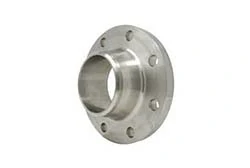
Raised face (RF)
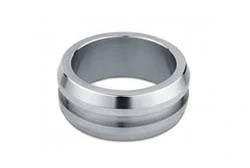
Ring-type joint (RTJ)
Titanium flange pressure ratings
Understanding pressure and temperature standards is crucial when specifying and manufacturing flanges. These standards serve as the foundation for the effectiveness and safety of pipeline components.
| Titanium flange | Pressure rating chart | ||||||
|---|---|---|---|---|---|---|---|
| Temperature (°F) | 150# | 300# | 400# | 600# | 900# | 1500# | 2500# |
| -20-100 | 275 | 720 | 960 | 1440 | 2160 | 3600 | 6000 |
| 200 | 230 | 600 | 800 | 1200 | 1800 | 3000 | 5000 |
| 300 | 205 | 540 | 720 | 1080 | 1620 | 2700 | 4500 |
| 400 | 190 | 495 | 660 | 995 | 1490 | 2485 | 4140 |
| 500 | 170 | 465 | 620 | 930 | 1395 | 2330 | 3880 |
| 600 | 140 | 435 | 580 | 875 | 1310 | 2185 | 3640 |
| 650 | 125 | 430 | 575 | 860 | 1290 | 2150 | 3580 |
| 700 | 110 | 425 | 565 | 850 | 1275 | 2125 | 3540 |
| 750 | 95 | 415 | 555 | 830 | 1245 | 2075 | 3460 |
| 800 | 80 | 405 | 540 | 805 | 1210 | 2015 | 3360 |
| 850 | 65 | 395 | 530 | 790 | 1190 | 1980 | 3300 |
| 900 | 50 | 390 | 520 | 780 | 1165 | 1945 | 3240 |
| 950 | 35 | 380 | 510 | 765 | 1145 | 1910 | 3180 |
| 1000 | 20 | 320 | 430 | 640 | 965 | 1605 | 2675 |
| 1050 | 20 | 310 | 410 | 615 | 925 | 1545 | 2570 |
| 1100 | 20 | 255 | 345 | 515 | 770 | 1285 | 2145 |
| 1150 | 20 | 200 | 265 | 400 | 595 | 995 | 1655 |
| 1200 | 20 | 155 | 205 | 310 | 465 | 770 | 1285 |
| 1250 | 20 | 115 | 150 | 225 | 340 | 565 | 945 |
| 1300 | 20 | 85 | 115 | 170 | 255 | 430 | 715 |
| 1350 | 20 | 60 | 80 | 125 | 185 | 310 | 515 |
| 1400 | 20 | 50 | 65 | 95 | 145 | 240 | 400 |
| 1450 | 15 | 35 | 45 | 70 | 105 | 170 | 285 |
| 1500 | 10 | 25 | 35 | 55 | 80 | 135 | 230 |
Chemical elements of commonly used titanium flange alloys
| Element | Grade 2 (%) | Grade 5 (%) | Grade 7 (%) | Grade 12 (%) |
|---|---|---|---|---|
| Nitrogen, max | 0.03 | 0.05 | 0.03 | 0.03 |
| Carbon, max | 0.08 | 0.08 | 0.08 | 0.08 |
| Hydrogen, max | 0.015 | 0.015 | 0.015 | 0.015 |
| Iron, max | 0.30 | 0.40 | 0.30 | 0.30 |
| Oxygen, max | 0.25 | 0.20 | 0.25 | 0.25 |
| Aluminum | - | 5.5–6.75 | - | - |
| Vanadium | - | 3.5–4.5 | - | - |
| Residuals | 0.1-0.4 | 0.1-0.4 | 0.1-0.4 | 0.1-0.4 |
| Titanium | balance | balance | balance | balance |
Advantages of titanium flanges
Titanium flanges offer numerous advantages. They are exceptionally strong yet lightweight, and their outstanding corrosion resistance ensures long-lasting performance even in harsh environments such as marine or chemical applications.
Additionally, titanium flanges have a high yield strength, meaning they can withstand significant stress without deformation, making them highly reliable under heavy loads or extreme conditions.
Strength-to-weight ratio
Corrosion resistance
Temperature resistance
Weldability
Cost
Applications of titanium flanges
Titanium pipe flanges are known for their high strength and lightweight properties. They provide excellent corrosion protection in seawater, making them ideal for marine applications and offshore oil and gas drilling systems.
- Chemical processing industry: Titanium flanges withstand various corrosive chemicals, ensuring the safe and stable operation of production systems.
- Pulp and paper production: Titanium flanges resist the corrosive chemicals used in the papermaking process.
- Marine engineering: Titanium flanges offer outstanding corrosion protection in seawater environments, making them a perfect choice for marine engineering.
- Offshore oil and gas drilling platforms: Titanium flanges resist harsh marine environments and corrosive substances, ensuring the reliability of offshore drilling systems.
- Nuclear power industry: Used in nuclear reactor coolant piping, titanium flanges provide high reliability and corrosion resistance, ensuring the safe operation of nuclear power plants.
- Oil, gas, and chemical components: Titanium flanges connect pipelines and equipment in these industries' complex systems, ensuring the efficient and safe transport of various media.


Key factors to consider when choosing titanium flanges
- Pressure rating: The maximum pressure the flange can withstand.
- Temperature rating: The operating temperature range of the flange.
- Transported media: The type of fluid being transported (corrosive, flammable, etc.).
- Pipe size and material: Must match the pipeline it connects to.
- Application: Specific requirements, such as ease of assembly or space constraints.
- Cost budget: Different flange connection types vary in cost, so selection should align with the budget.
- Installation and maintenance needs: Consider if frequent disassembly and maintenance are required.
Why many customers choose us
- Superior craftsmanship: We use advanced machining technology to ensure perfect flange compatibility with various components for precise installation.
- Compliance with standards: Each flange is meticulously manufactured to meet industry standards, guaranteeing seamless compatibility and outstanding performance.
- Extensive testing: Our quality team conducts rigorous testing to ensure our flanges meet specifications and offer long-lasting durability.
- Customization: We provide custom flanges tailored to unique project requirements.
- Expert guidance: Our team of experts is ready to help you select the perfect flanges and fittings.
- Optimal performance: Our well-crafted products consistently deliver exceptional performance and long-lasting resilience.
- Common methods for connecting titanium flanges
- Bolted flange joints: This is the most common and versatile flange connection method. It uses bolts, nuts, and gaskets to securely fasten two flange faces together.
- Welded flange joints: A permanent connection where the flange is directly welded to the pipeline. This method is typically used in applications requiring high sealing integrity and strength.
- Clamped/quick connect flanges: These flanges use clamps or quick-connect mechanisms instead of bolts for a fast and convenient connection. They are ideal for low-pressure applications requiring frequent disassembly.
- Flange adapters: Used to connect different types or standards of flanges. They allow for the connection of flanges with varying sizes, pressure ratings, or specifications.
Transportation and packaging of titanium flanges
- Custom protective materials: Each titanium flange is secured with specially designed protective materials to ensure it remains intact during transportation.
- Durable packaging boxes: Flanges are packed in high-strength boxes to prevent external impact and friction.
- Cushioning materials: The packaging is filled with cushioning materials to prevent movement or damage during transit.
- Detailed labeling: Each package is clearly labeled with size, grade, batch number, and brand for easy identification and traceability.
- Safe transportation: We follow strict packaging and shipping standards to ensure flanges arrive at their destination safely.
Related titanium flange products
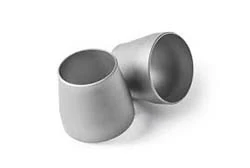
Titanium reducers

Titanium elbows

Titanium tees
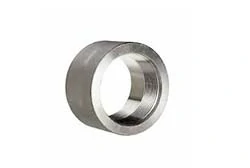
Titanium couplings

Titanium pipe plugs and caps

Titanium stub ends
Frequently asked questions about titanium flanges
When should titanium flanges be used?
Titanium flanges are ideal for applications where strength, lightweight properties, and corrosion resistance are critical.
For example, in offshore oil drilling platforms or seawater desalination plants, titanium flanges can withstand saltwater exposure without corroding.
When should titanium flanges not be used?
While titanium flanges offer many advantages, they may not always be the best choice.
Due to their high cost, they are impractical for budget-limited applications where performance requirements can be met with more affordable materials, such as stainless steel or carbon steel.
How are titanium flanges classified based on pressure rating?
Flanges are classified by pressure ratings, such as Class 150, Class 300, Class 600, etc.
These ratings indicate the flange’s ability to withstand pressure—the higher the rating, the better it is suited for high-pressure and high-temperature applications.
What is a flange face, and why is it important?
A flange face is the surface of the flange that comes into contact with the gasket. The right face type ensures a proper seal.
Common face types include raised face, flat face, and ring-type joint face. We can customize flange faces according to your requirements.
The choice of flange face depends on factors such as pressure, temperature, and gasket type.
What is the purpose of a flange gasket?
Flange gaskets are placed between flange surfaces to provide a seal and prevent leakage in pipeline systems.
Different gasket materials are selected based on temperature, pressure, and the type of transported fluid.
What are the signs that a titanium flange may need replacement?
- Visible leaks or seepage around the flange joint.
- Excessive wear or corrosion on the flange surface.
- Cracks or deformation in the flange body.
- Loose or damaged bolts.
- Unusual vibration or noise from the flange.
How often should flanges be inspected?
Flanges should be inspected regularly as part of routine maintenance to ensure they are in good condition and to prevent leaks or other issues.
The inspection frequency depends on the system’s operating conditions and the type of flanges used.
Can flanges be reused?
Some flanges, such as lap joint flanges, are designed for multiple uses. However, the ability to reuse a flange depends on its condition and the specific application requirements.









